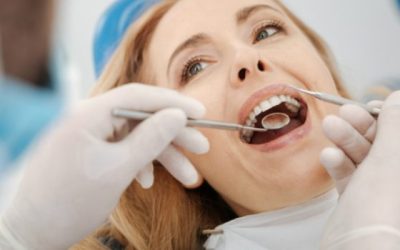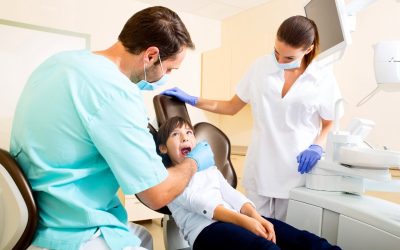Patients looking for information about permanent solutions for missing teeth, such as Dental Implants in Stewartsville make this discovery through their local dentist. The devices are created in a lab setting to match natural teeth and provide a more aesthetically pleasing smile. They require about three dental visits to complete and are covered under most major dental plans.
What to Expect when Acquiring Dental Implants
First, the dentist evaluates the condition of surrounding teeth. During this examination, he or she determines whether these teeth have also been damaged. Any repairs that are required are conducted before the implantation process. This prevents the need for any disturbances following the procedure and allows the gums to heal properly. The dentist will also create a cast mold of the patient’s teeth during this visit; a partial plate is created from this mold.
Next, the first appointment is scheduled. During this visit, a general anesthetic is given to the patient. The titanium root that will secure the implant is installed into the patient’s jaw bone. The dentist fits the partial plate over the root to allow it to heal properly. The plate prevents any contact with the gum line when the patient eats. Contact with the gums could irritate the installation site and produce an infection. This could also present delays in the healing process and additional visits required to complete the installation.
Lastly, the implant tooth is installed and secured to the titanium root. While the patient is sedated, the dentist will use screws to secure this tooth into the root. He or she may advise the patient to consume liquids or soft foods after the installation to prevent damage. The healing time required varies from patient to patient.
Typically, this time frame is between two weeks and one month. The dentist will prescribe pain medication and antibiotics after the procedure is concluded. A follow-up visit is scheduled to allow the dentist to ensure that the Dental Implants are secure, and the patient did not suffer any complications.
At any time that the patient experiences significant pain, bleeding, or develops an infection following the procedure, he or she can contact their dentist to receive Emergency Dentistry Services .



